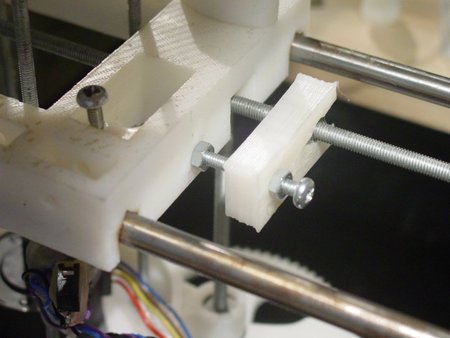Many designs of self-reproducing 3D printers have been produced and built; that’s the goal of the RepRap project. But are they truly reproducing themselves?
Not exactly; the machines are – so far – only capable of reproducing most of the major plastic components, such as the image above, which was apparently the very first 3D printer part produced on a RepRap machine. Some plastic components are beyond the temperature envelope of current 3D printers. Metal components have not yet been reliably produced by such machines, and certainly the complex electronics have not yet been produced by replicating 3D printers.
But there is hope. Many researchers continue to work on this challenge and we see machines capable of 3D printing in metal and others experimenting with 3D printed electronic circuits. None of the electronics experiments are anywhere near capable of 3D printing the complex CPU and other chips, however. Once these technologies are developed, it then remains a task to put them all together into a single machine that can, finally, print all necessary parts for reproduction.
But then, of course, you’ll have to assemble all those pieces. Self-assembly is yet another major challenge.
Image credit: Wikipedia


